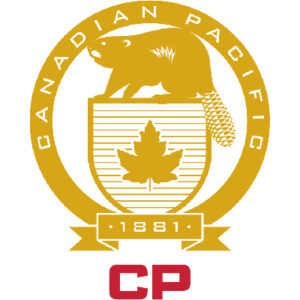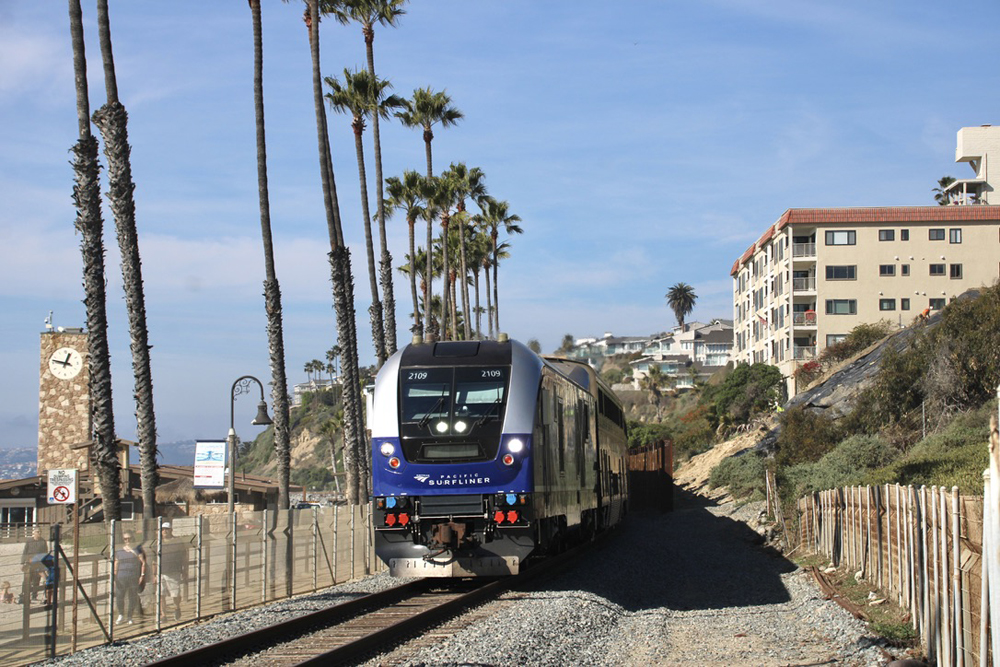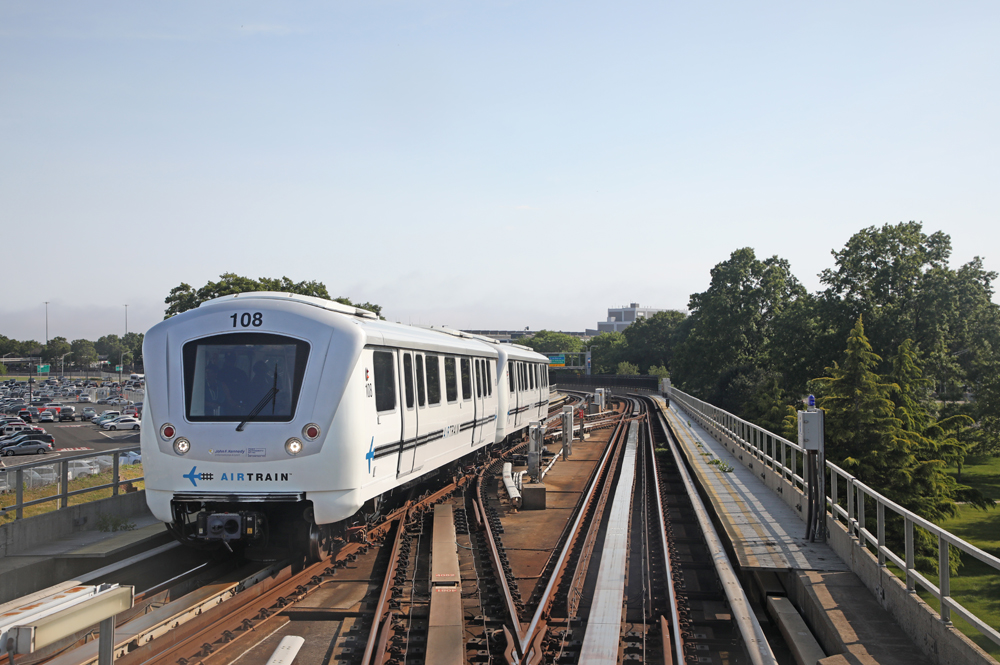 WYNDMERE, N.D. — Thirty-one cars of a 70-car Canadian Pacific train derailed late Sunday in rural North Dakota, spilling liquid asphalt, KVRR-TV reports.
WYNDMERE, N.D. — Thirty-one cars of a 70-car Canadian Pacific train derailed late Sunday in rural North Dakota, spilling liquid asphalt, KVRR-TV reports.
Richland County Emergency Manager Brett Lambrecht told the station 31 cars derailed and that while the liquid asphalt is flammable, it cools and solidifies in the snow at the derailment scene, decreasing the chance of a fire.
The Fargo Forum reports that two cars containing Ethylene glycol, a flammable liquid, also spilled part of their loads, while another car carrying the flammable gas propylene released some vapors before being plugged. The Forum also reports CP investigators are blaming a broken rail for the derailment.
The derailment occurred about 11:15 p.m., CP spokesman Andy Cummings told WDAY-TV. As of Monday afternoon, the leak had been stopped but the amount of the material spilled was not determined. The rail line could reopen as early as Tuesday, although cleanup is expected to take seven to 10 days.
The derailment site is a mile southeast of Wyndmere, a town of 454 about 60 miles southwest of Fargo.
— Updated March 10 at 8:10 a.m. with additional information on hazardous materials, reported cause of derailment.














CP got very lucky, asphalt is the easiest spill to clean up. As to the cause I understood the cause was a broken rail.
Colleagues have been discussing the “box car with a brain” that monitors, everything from tunnel cleanance to tie condition backed by a known Engineering Company. Trains would do well to be proactive in the reporting.
1943 Frankford Jct. crash was caused by placement of a conventional bearing P70 in a train that was not schedulled to stop betweeen Washington and Newark NJ, and was going to run at 80+ mph where it could. That is too far between inspections and too fast to go with a conventional bearing (i.e. not a roller bearing).
I understand the make-up book called tor this train, The Congressional Limited, to have all roller bearing cars.
A runner crew at North Philadelphia saw the hot bearing and called “SHORE” tower but the motor had already passed. The train derailed in the curve there before anyone else could signal it to stop.
I am starting to wonder if the upsurge in derailments is being caused by excessive lateral forces being exerted on axle and bearing assemblies from running these super long trains. As a result, they are wearing out faster over time and are hard to detect until it is too late. I know the operating crews don’t have anything nice to say about these longer trains.
“Accident” implies unforeseeable and unpreventable. NOT!
I’m seriously wondering if some train/plane crashes we label as “accidents” should be labeled something else, because a lot of them are caused by terrible maintenance by often stressed crews and greedy bosses. (*Cough* Alaska Airlines flight 261. *Cough* 1943 Frankfurt junction crash) But assuming that, what do you think we should call crashes that could have been prevented but weren’t Mr. Spindler?